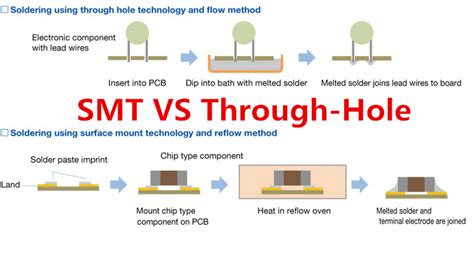
What is the difference between SMT and THT mounting?
Introduction to SMT and THT Mounting Techniques In the world of electronics manufacturing, there are two primary methods for mounting components onto printed circuit boards[…]
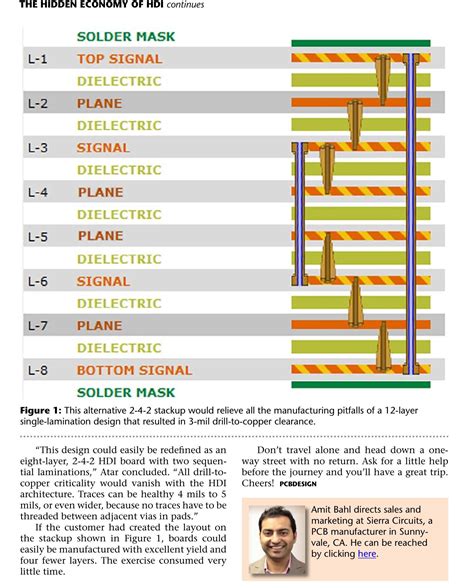
What is the Layer of a PCB?
What are PCB Layers? PCB layers refer to the different levels or planes within a printed circuit board that are used to route signals and[…]
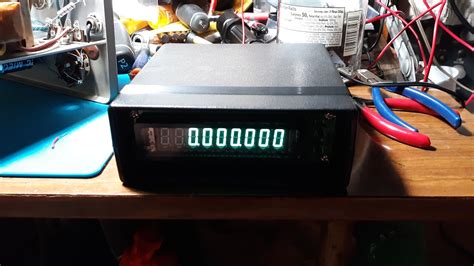
Frequency Counter Circuits: Everything You Need to Know
What is a Frequency Counter? A frequency counter is an electronic instrument that measures the frequency of an input signal. It determines the number of[…]

Micro Switches Types: Varieties of the Precise Snap-Action Change-Over Switches
What are Micro Switches? Micro switches are small, highly sensitive switches that operate based on the principle of snap-action. They consist of a movable actuator,[…]
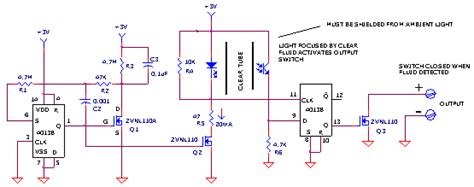
Sensor Circuits: A Complete Guide
Introduction to Sensor Circuits Sensor circuits are essential components in modern electronic systems, enabling the detection and measurement of various physical quantities such as temperature,[…]
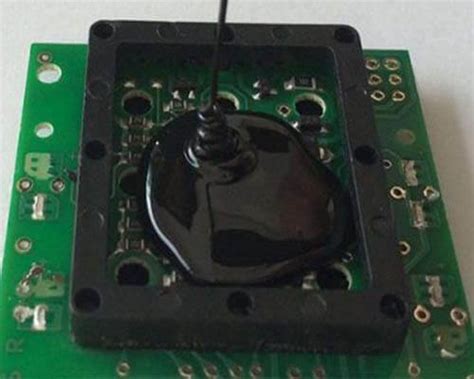
Waterproof PCB: Everything You Need to Know
What is a Waterproof PCB? A waterproof printed circuit board (PCB) is a specially designed and manufactured circuit board that is protected against water and[…]
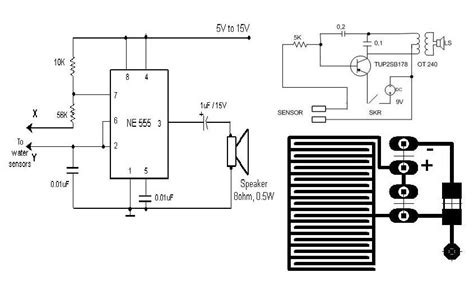
Water Sensor Circuit: How to Check Your Water Level With It
What is a Water Sensor Circuit? A water sensor circuit is an electronic device that detects the presence or level of water in a container[…]
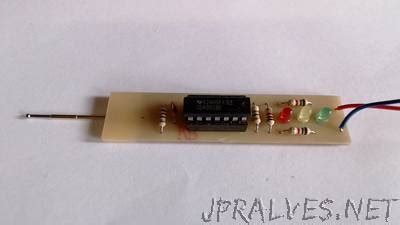
DIY Logic Probe: Step by Step Guide
Introduction to Logic Probes A logic probe is an essential tool for troubleshooting and analyzing digital circuits. It allows you to quickly determine the logic[…]

Motion Sensors Circuits – 5 DIY Ways of Building a Motion Detector
1. PIR (Passive Infrared) Sensor Circuit A PIR sensor is a popular choice for motion detection as it is sensitive to changes in infrared radiation[…]
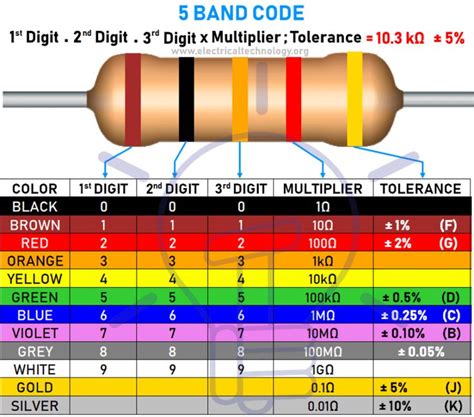
Resistor Values: How to Calculate and Understand It
What are Resistors? Resistors are passive electronic components that oppose the flow of electric current in a circuit. They are used to control the amount[…]